Agenda
Workshop runs from 12:00 PM to 5:00 PM
- Lunch at 14:30 PM
Multiple sections - theory + exercises
- Introduction to Containers
- Docker and Kubernetes
- Istio Service Mesh
- Traffic Routing
- Resiliency
- Security
Introduction
- I am Peter (@pjausovec)
- Software Engineer at Oracle
- Working on "cloud-native" stuff
- Books:
- Cloud Native: Using Containers, Functions, and Data to Build Next-Gen Apps
- SharePoint Development
- VSTO For Dummies
- Courses:
- Kubernetes Course (https://startkubernetes.com)
- Istio Service Mesh Course (https://learnistio.com)
By helpameout - Own work, CC BY-SA 3.0, https://commons.wikimedia.org/w/index.php?curid=20337780
Virtualization
- 2006: VMWare Server
- Run multiple OS on the same host
- Expensive: multiple kernels, OS ...
Docker
- First public release in 2013
- Containers existed in Linux for >10 years
- Slice the OS to securely run multiple applications
- Namespaces, cGroups
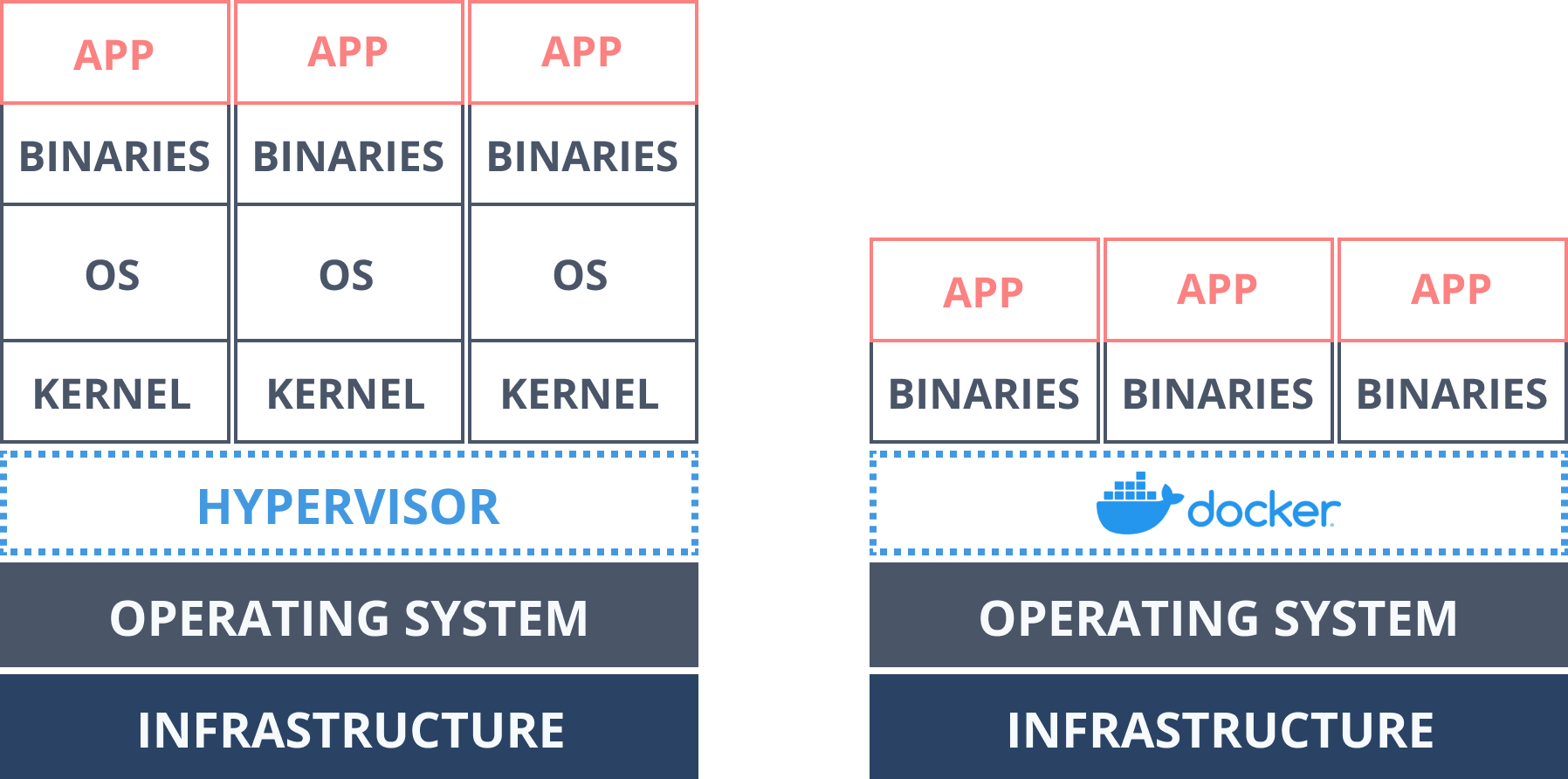
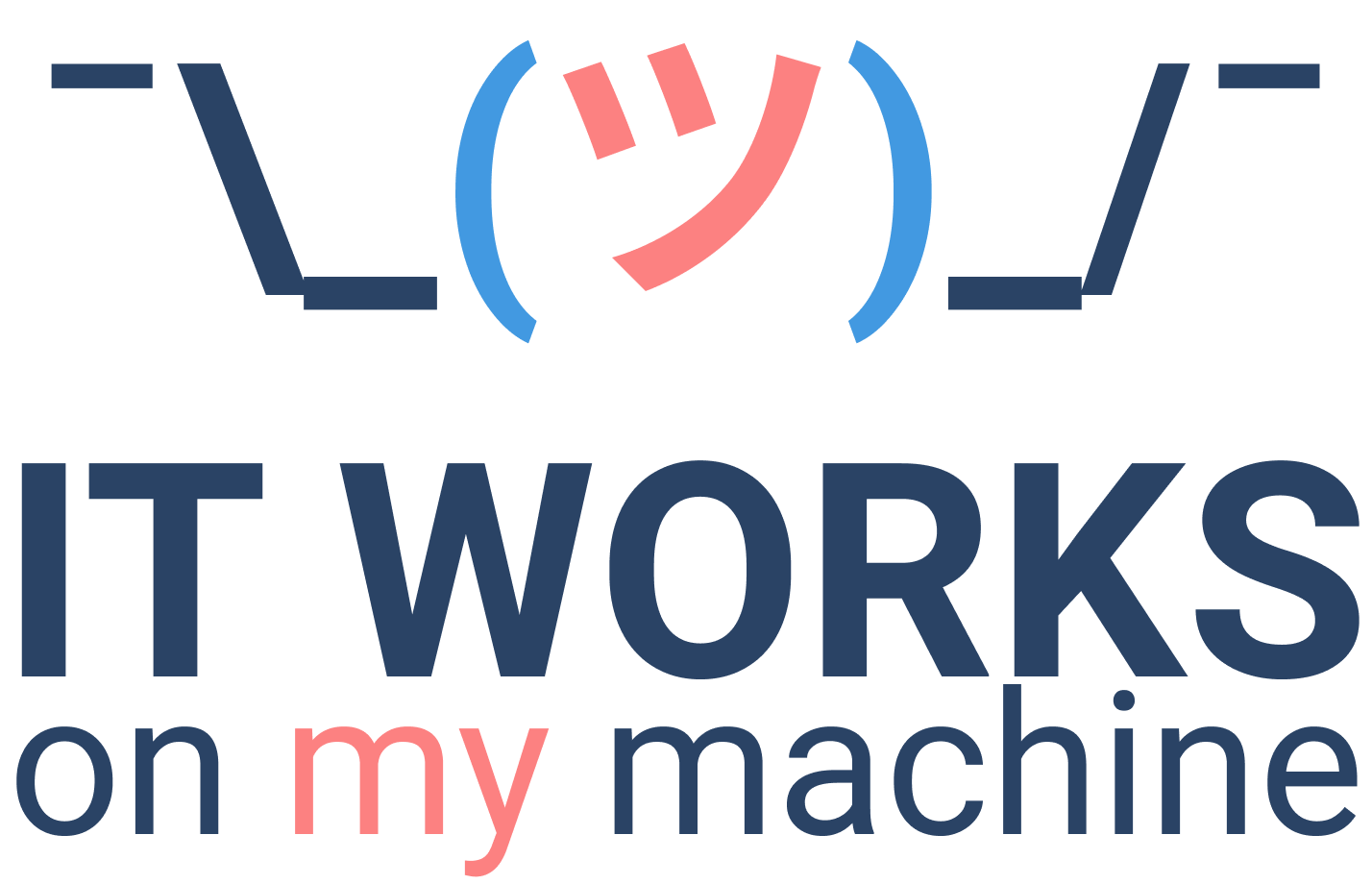
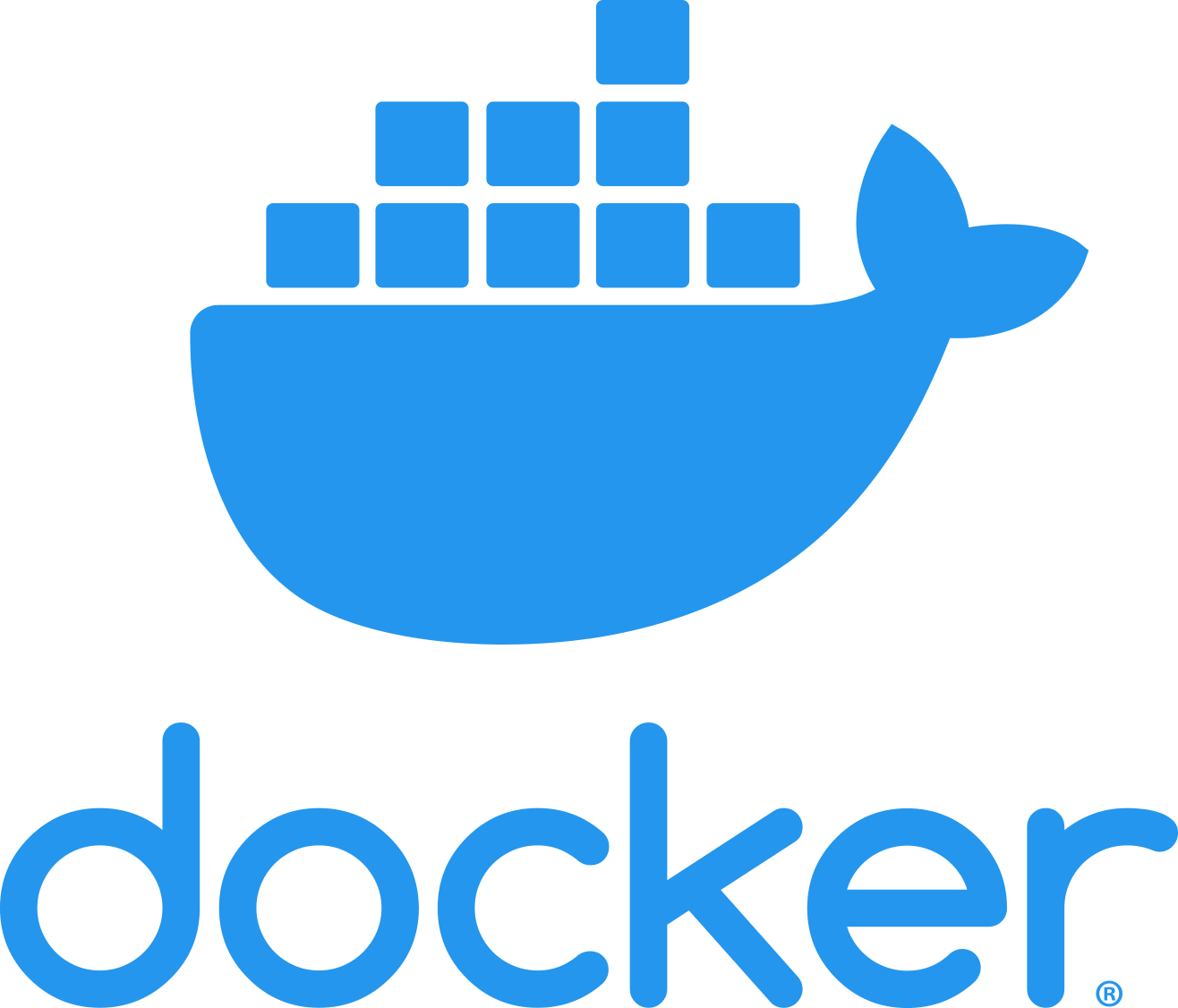
What is Docker?
Docker Engine (daemon) + CLI
Dockerfile
FROM ubuntu:18.04WORKDIR /appCOPY hello.sh /appRUN chmod +x hello.shRUN apt-get updateRUN apt-get install curl -yCMD ["./hello.sh"]Docker image
- Collection of layers from
Dockerfile(one layer per command) - Layers are stacked on top of each other
- Each layer is a delta from the layer before it
- All layers are read-only
Docker image
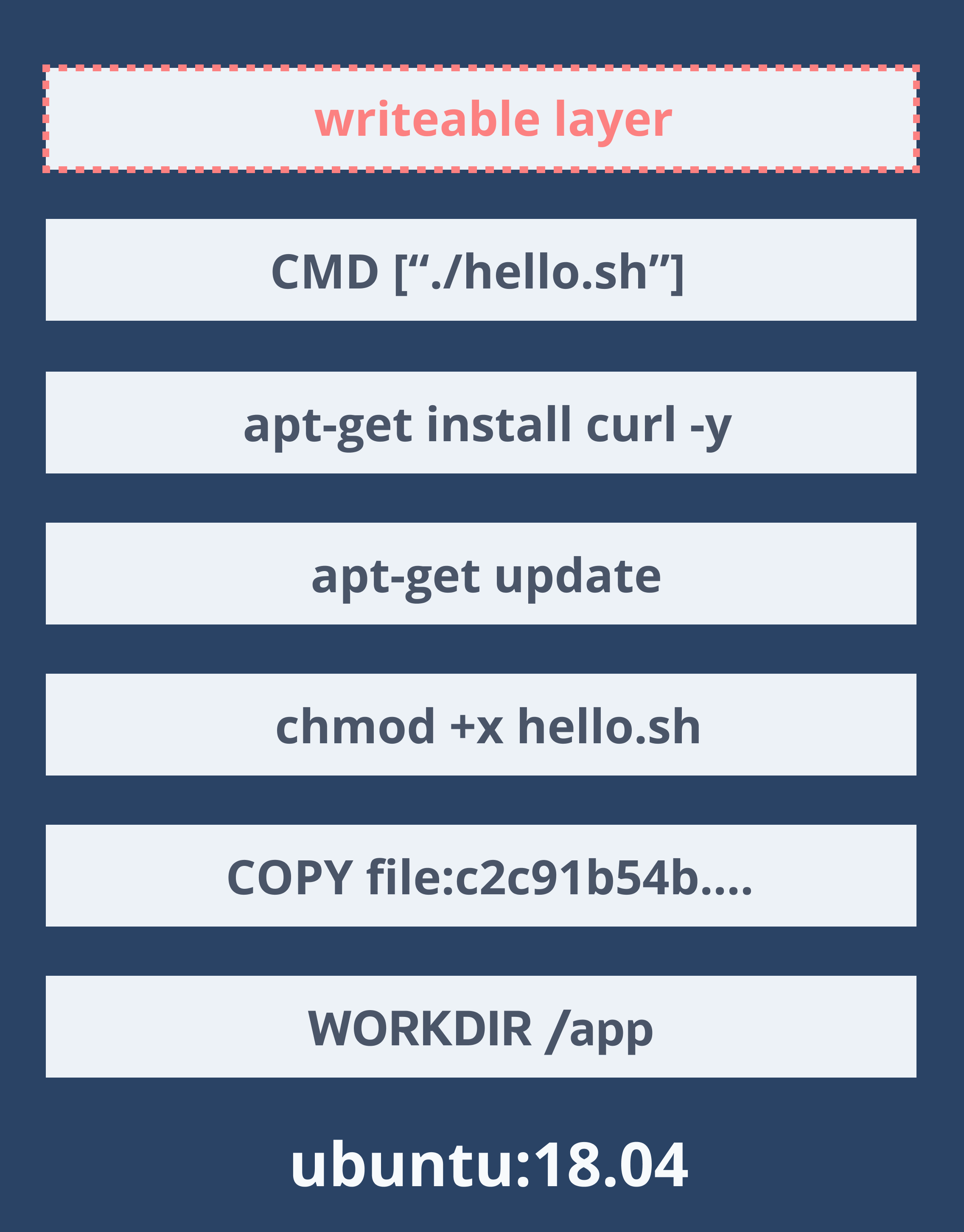
Image names
- Image = repository + image name + tagmycompany/hello-world:1.0.1
- All images get a default tag called latest
- Tag = version or variant of an image
Docker Registry
- Place to store your Docker images
- Public and private repositories
- Docker Hub (https://hub.docker.com)
- Every cloud provider has its own
- You can also store images locally, on your Docker host
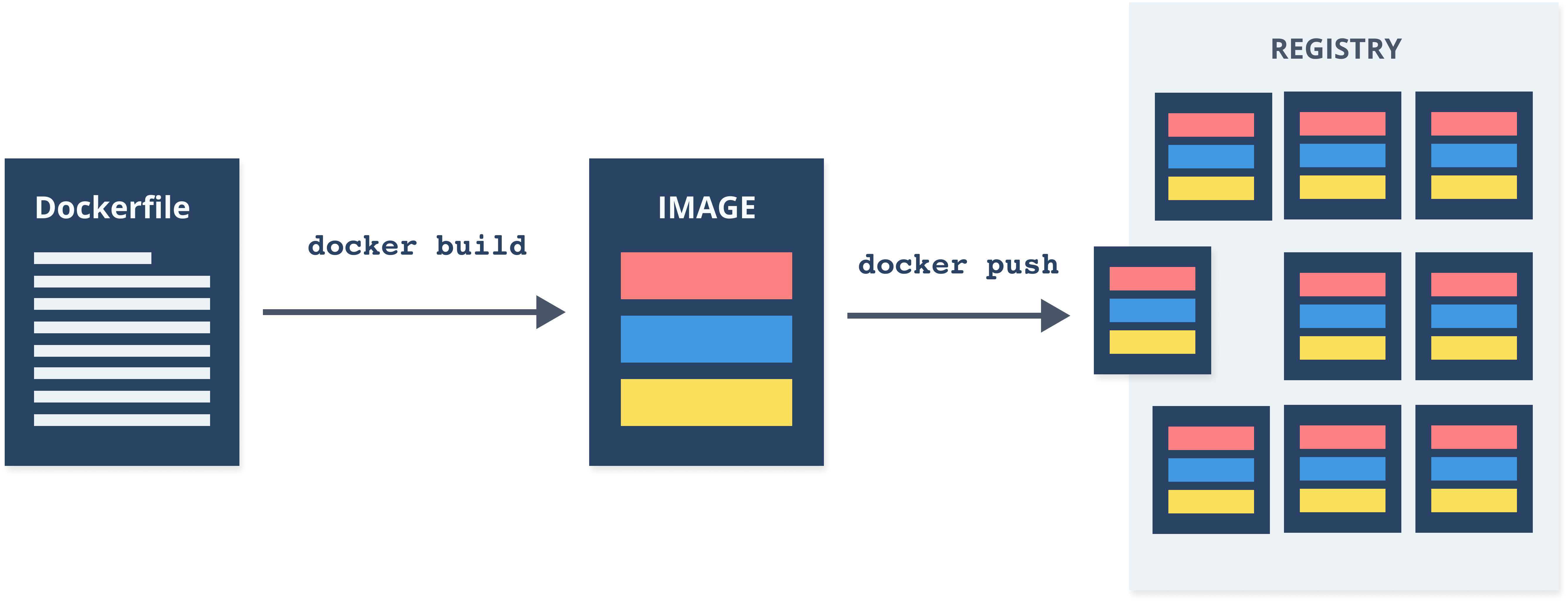
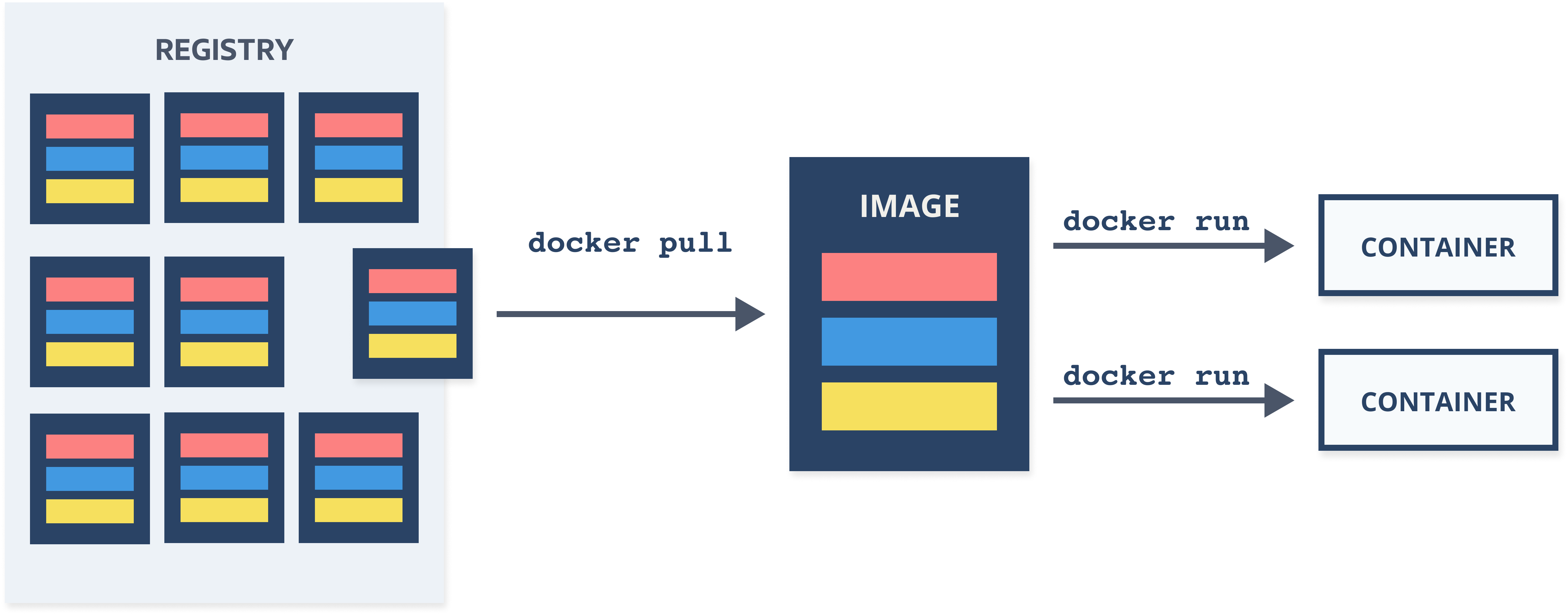
![]()
Container Orchestration
- Provision and deploy containers onto nodes
- Resource management/scheduling containers
- Health monitoring
- Scaling
- Connect to networking
- Internal load balancing
Kubernetes Overview
- Most popular choice for cluster management and scheduling container-centric workloads
- Open source project for running and managing containers
- K8S = KuberneteS
Definitions
Portable, extensible, open-source platform for managing containerized workloads and services
Container-orchestration system for automating application deployment, scaling, and management
Kubernetes Architecture
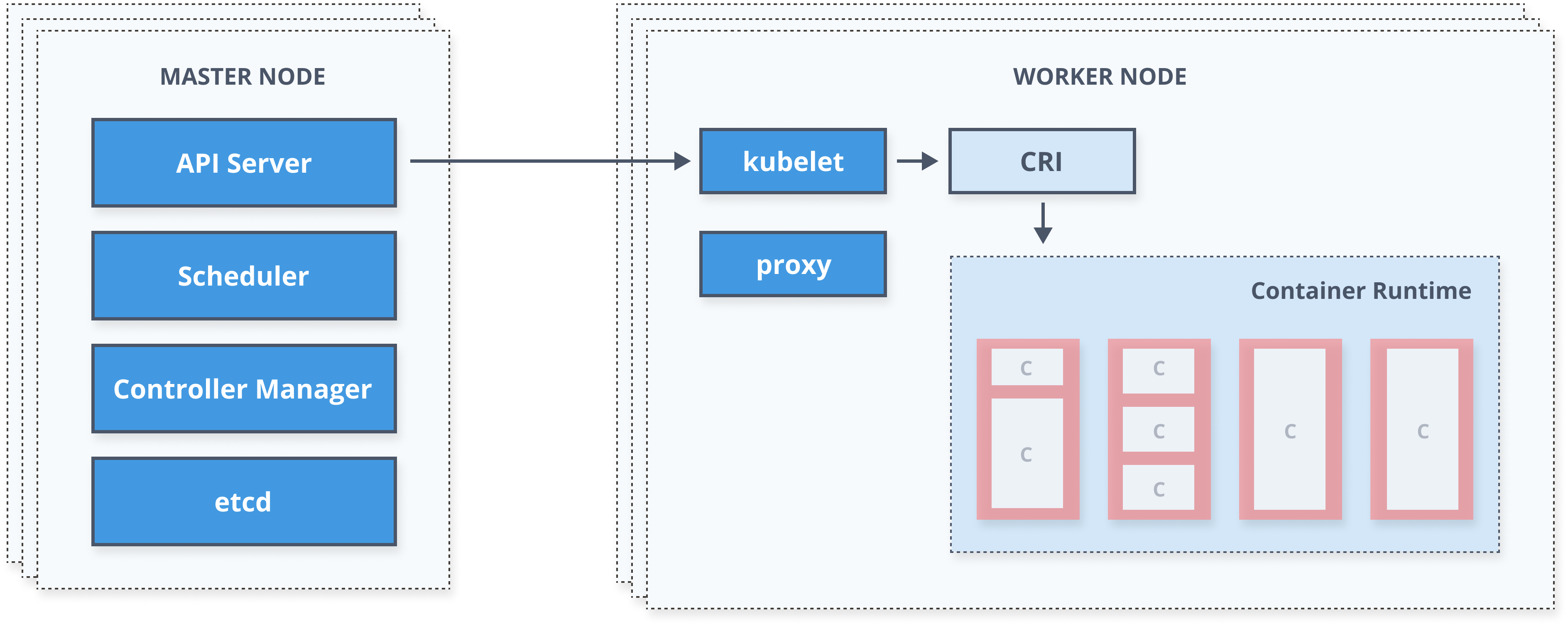
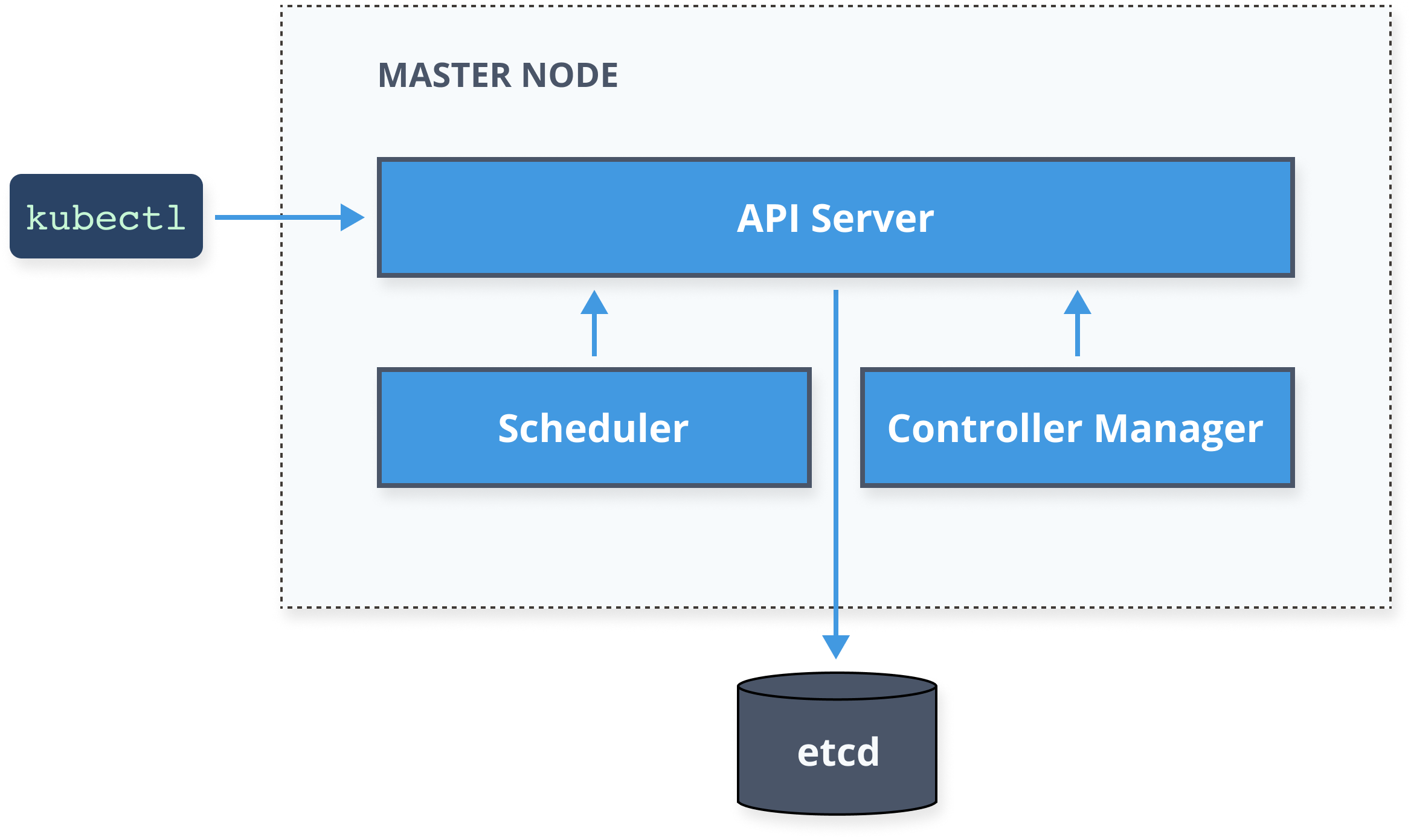
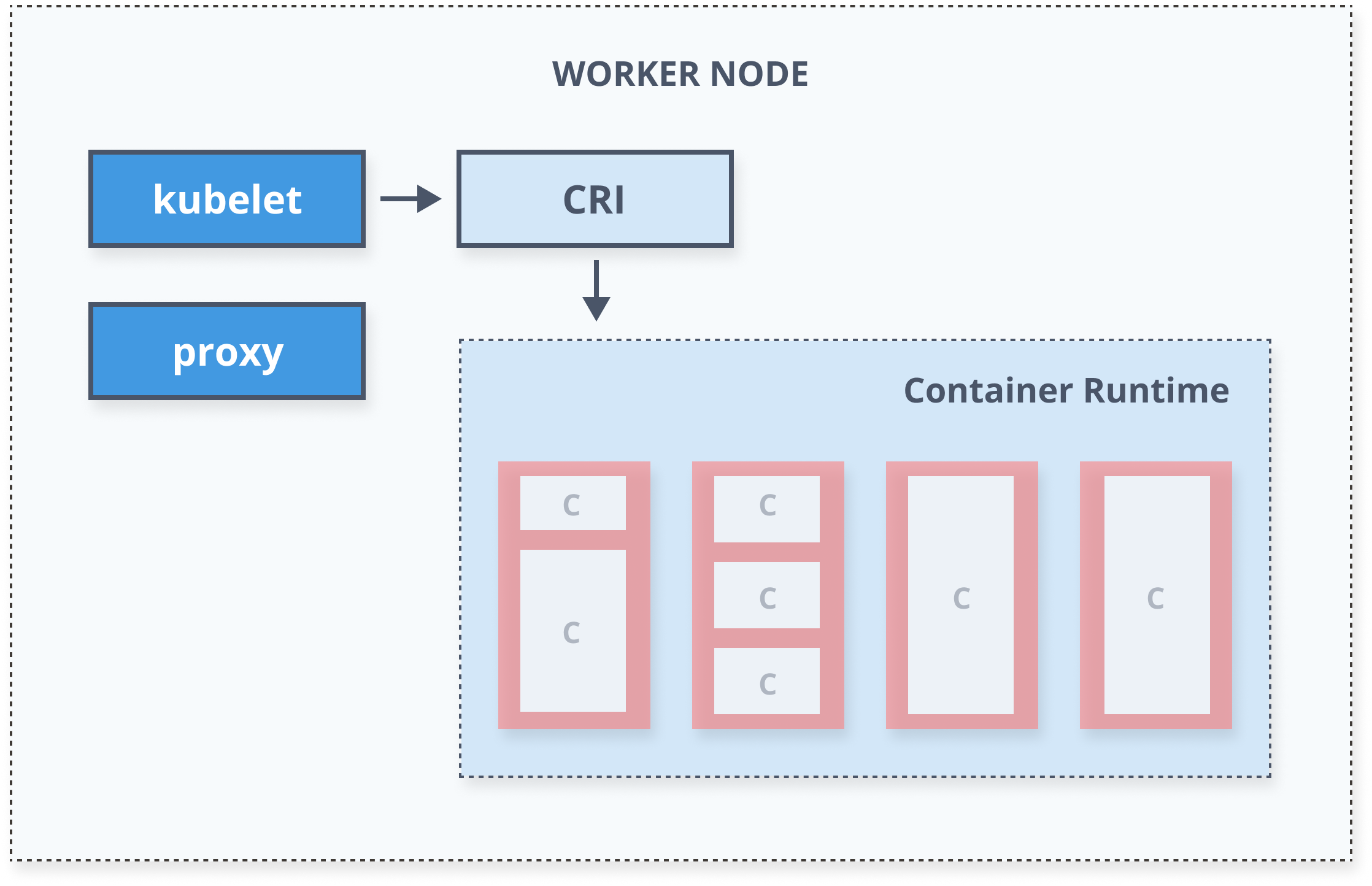
Kubernetes Resources
Multiple resources defined in the Kubernetes API
- namespaces
- pods
- services
- secrets
- ...
Custom resources as well!
- CRD (Custom Resource Definition)

Pods
- Smallest deployable/manageable/scalable unit
- Logic grouping of containers
- All running on the same node
- Share namespace, network, and volumes
- Has a unique IP
- Controlled by a ReplicaSet
Pods
apiVersion: v1kind: Podmetadata: name: myapp-pod labels: app: myappspec: containers: - name: myapp-container image: busybox command: ['sh', '-c', 'echo Hello Minsk! && sleep 3600']ReplicaSet
- Ensures specified number of pod replicas is running
- Creates and deletes pods as needed
- Selector + Pod template + Replica count
apiVersion: apps/v1kind: ReplicaSetmetadata: name: myapp labels: app: myappspec: replicas: 5 selector: matchLabels: app: myapp template: metadata: labels: app: myapp spec: containers: - name: myapp-container image: busybox command: ['sh', '-c', 'echo Hello Minsk! && sleep 3600']Demo
Pods and ReplicaSets
Deployments
- Describes desired state
- Manages updates
- Controlled roll-out from actual state to the desired state
apiVersion: apps/v1kind: Deploymentmetadata: name: myapp labels: app: myappspec: replicas: 5 selector: matchLabels: app: myapp template: metadata: labels: app: myapp spec: containers: - name: myapp-container image: busybox command: ['sh', '-c', 'echo Hello Minsk! && sleep 3600']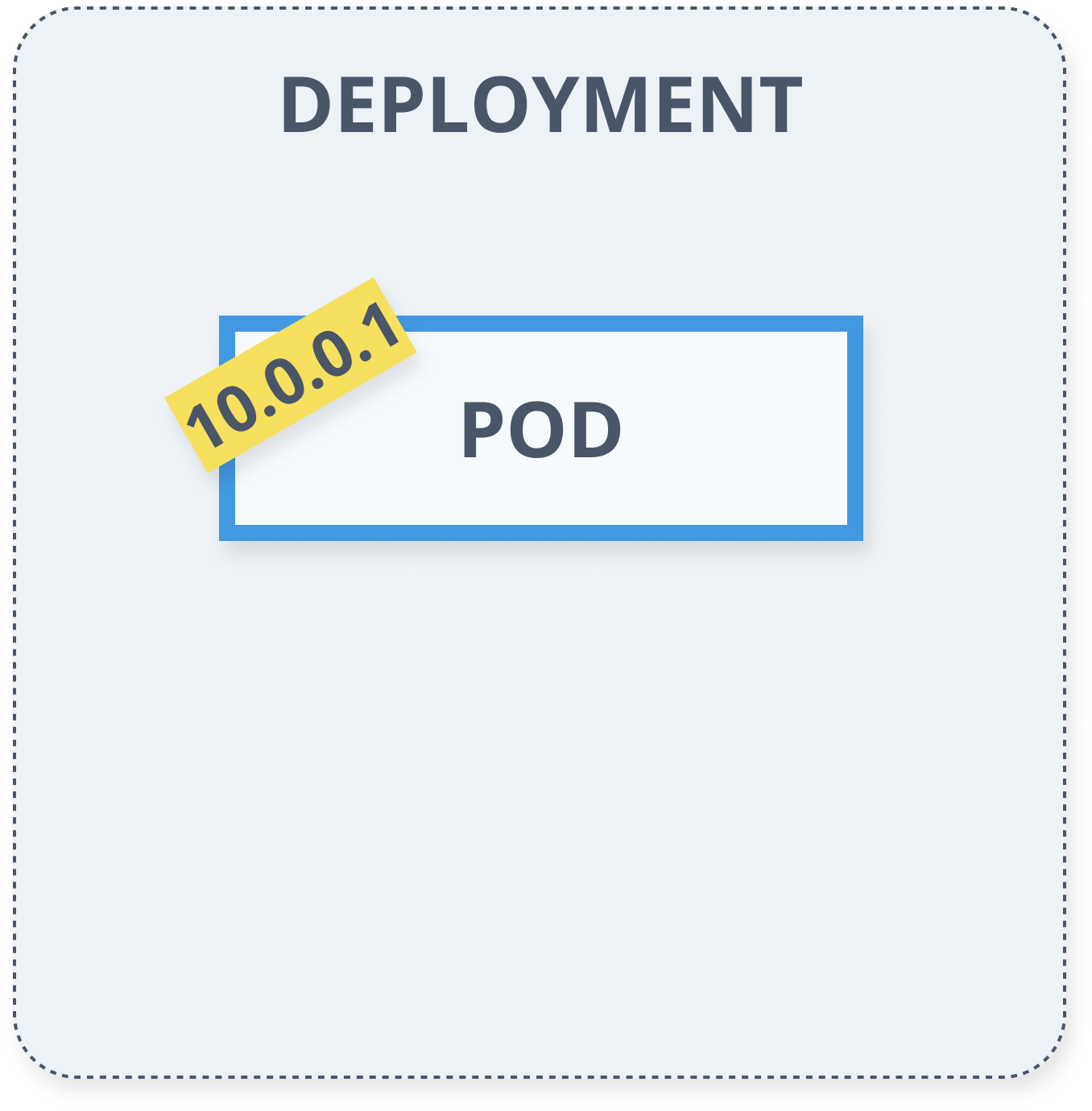
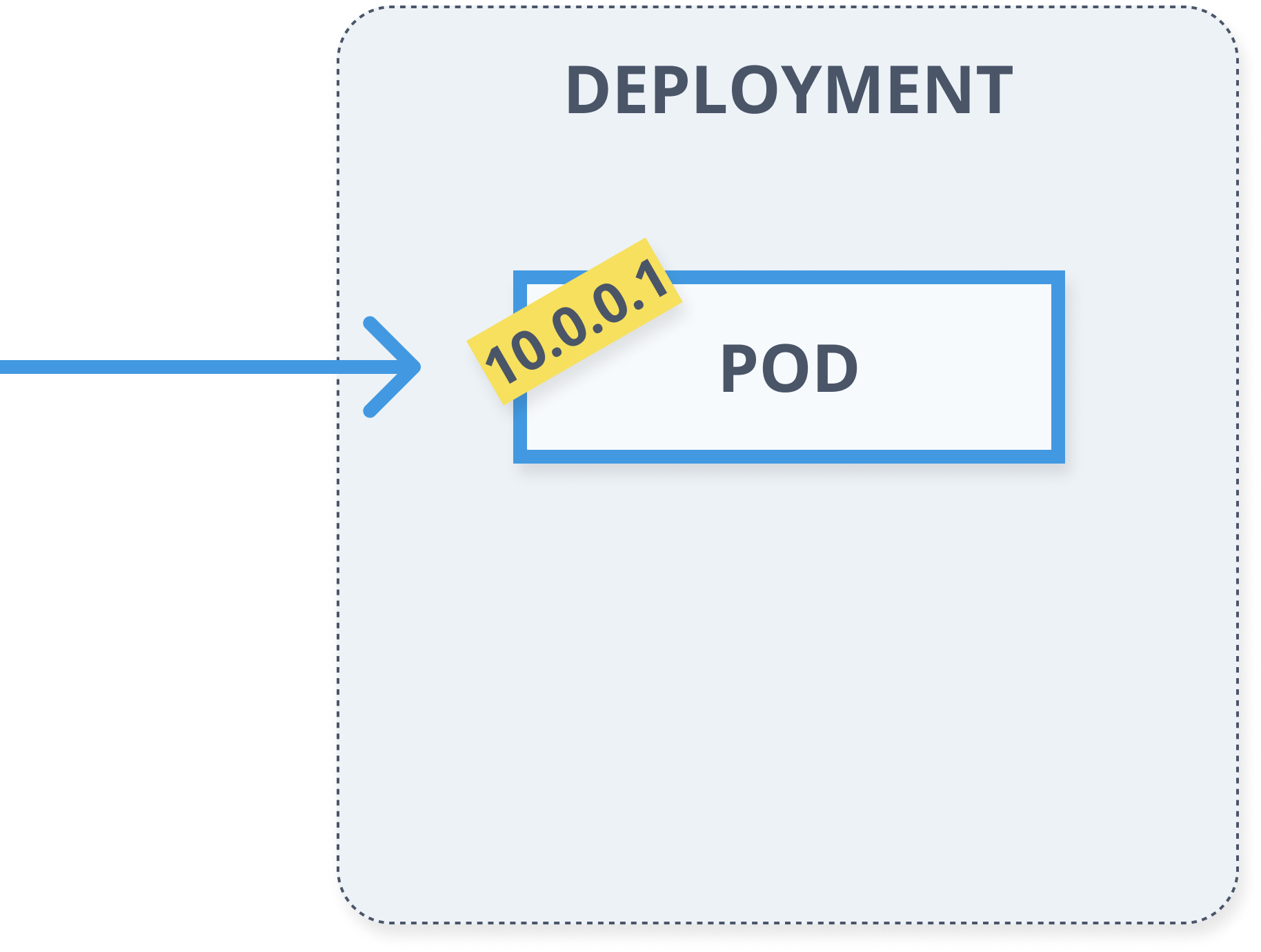
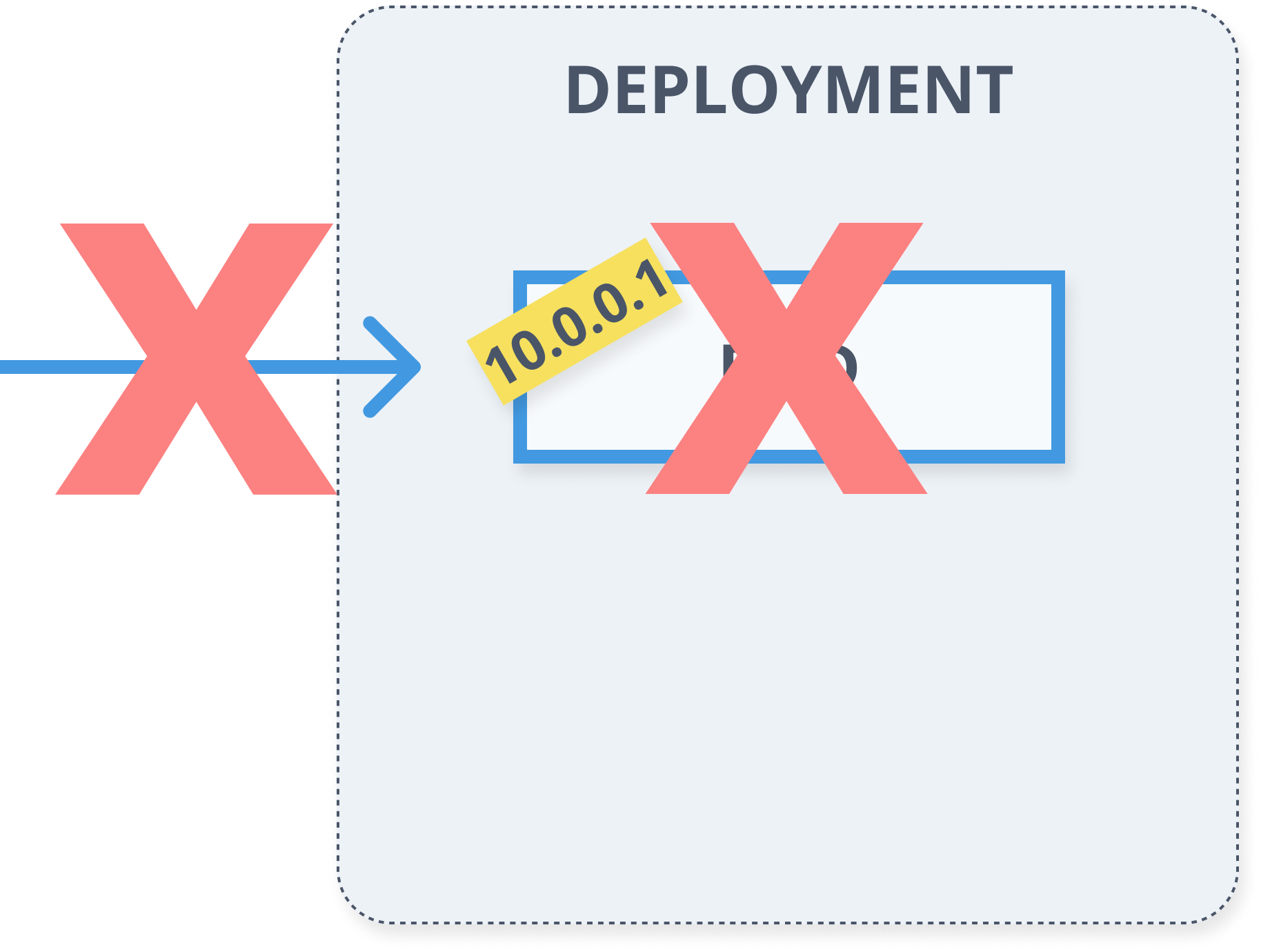
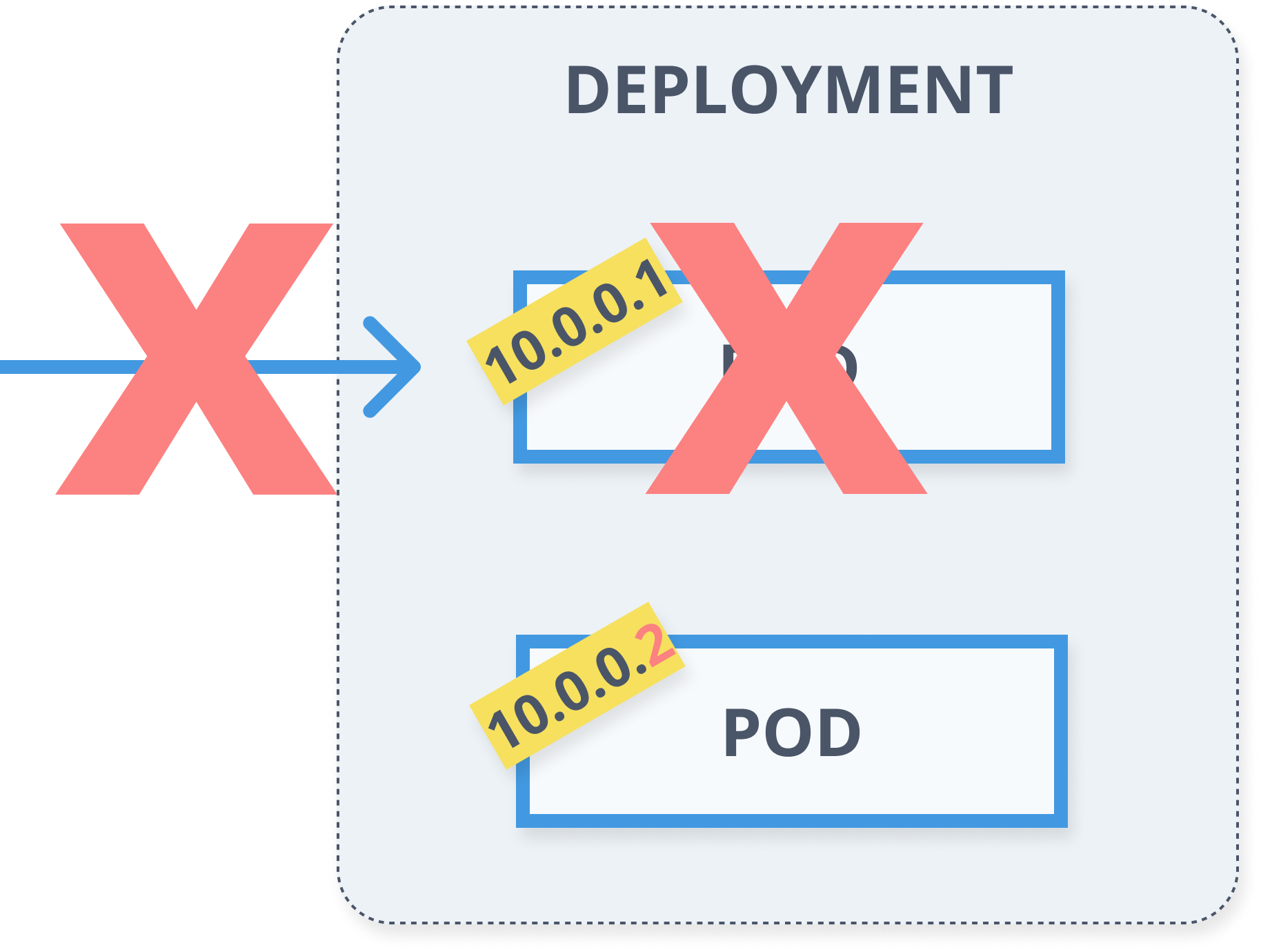
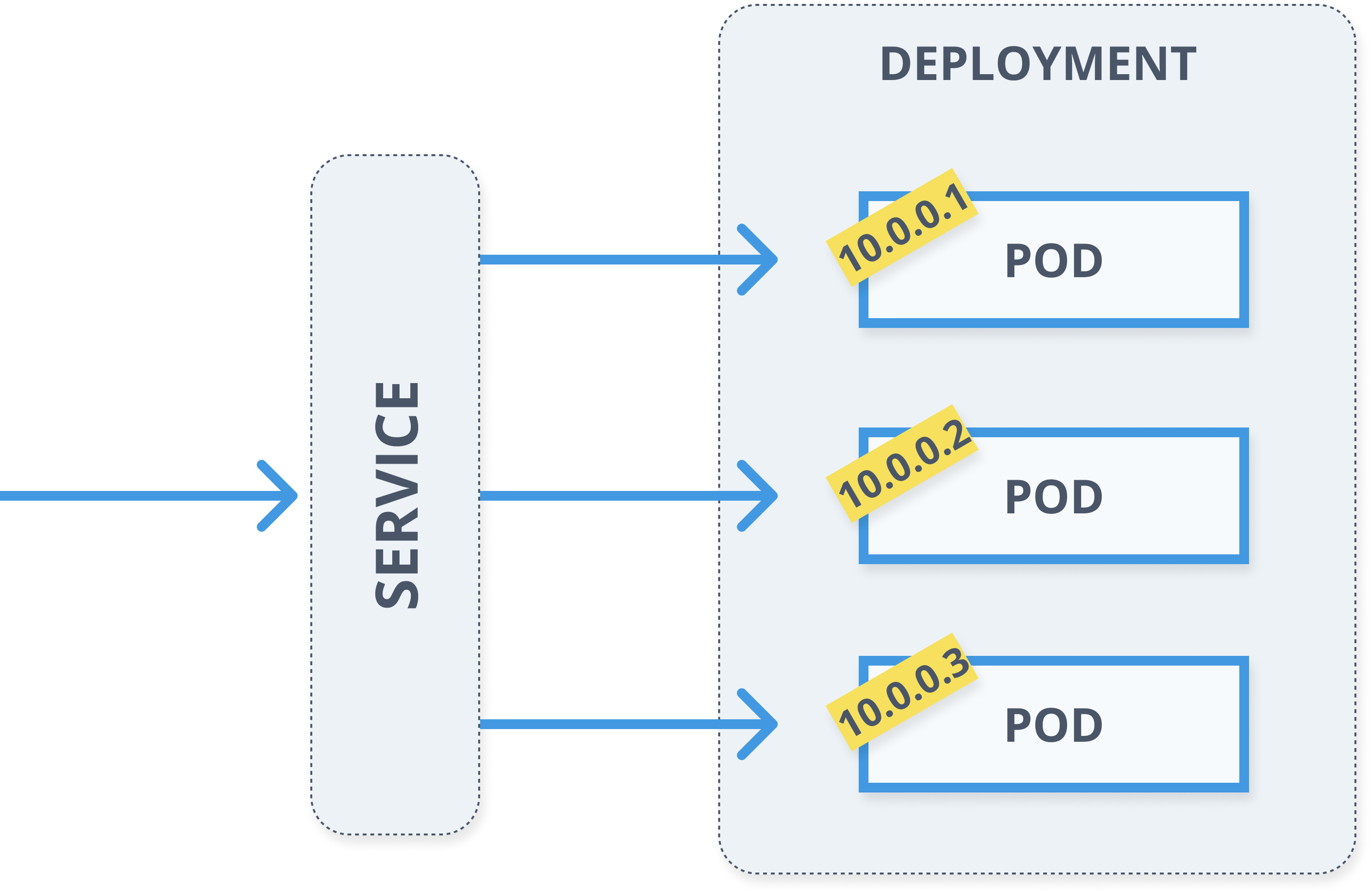
Services
- Define a logical set of pods
- Pods are determined using labels (selector)
- Reliable, fixed IP address
- Automatic DNS entries
- E.g.
hello-web.default
- E.g.
kind: ServiceapiVersion: v1metadata: name: myapp labels: app: myappspec: selector: app: myapp ports: - port: 80 name: http targetPort: 3000Services
ClusterIP
- Service is exposed on a cluster-internal iP (default)
NodePort
- Uses the same static port on each cluster node to expose the service
LoadBalancer
- Uses cloud providers' load balancer to expose the service
ExternalName
- Maps the service to a DNS name
Ingress
- Exposes HTTP/HTTPS routes from outside the cluster to services within the cluster
- Ingress controller uses a load balancer to handle the traffic (based on the ingress rules)
- Fanout and name based virtual hosting support:
- blog.example.com -> blog-service.default
- chat.example.com -> chat-service.default
apiVersion: networking.k8s.io/v1beta1kind: Ingressmetadata: name: ingress-example annotations: nginx.ingress.kubernetes.io/rewrite-target: /spec: rules: - host: blog.example.com http: paths: - path: / backend: serviceName: blog-service servicePort: 3000 - path: /api backend: serviceName: blog-api servicePort: 8080Config Maps
- Stores configuration values (key-value pairs)
- Values consumed in pods as:
- environment variables
- files
- Helps separating app code from configuration
- Needs to exist before they are consumed by pods (unless marked as optional)
- Need to be in the same namespace as pods
apiVersion: v1 kind: ConfigMapmetadata: name: hello-kube-config namespace: default data: count: 1 hello: worldSecrets
- For storing and managing small amount of sensitive data (passwords, tokens, keys)
- Referenced as files in a volume, mounted from a secret
- Base64 encoded
- Types: generic, Docker registry, TLS
Namespaces
- Provides unique scope for resources
my-namespace.my-serviceanother-namespace.my-service
- (Most) Kubernetes resources live inside a namespace
- Can't be nested
Service Mesh
Dedicated infrastructure layer to connect, manage, and secure workloads by managing the communication between them
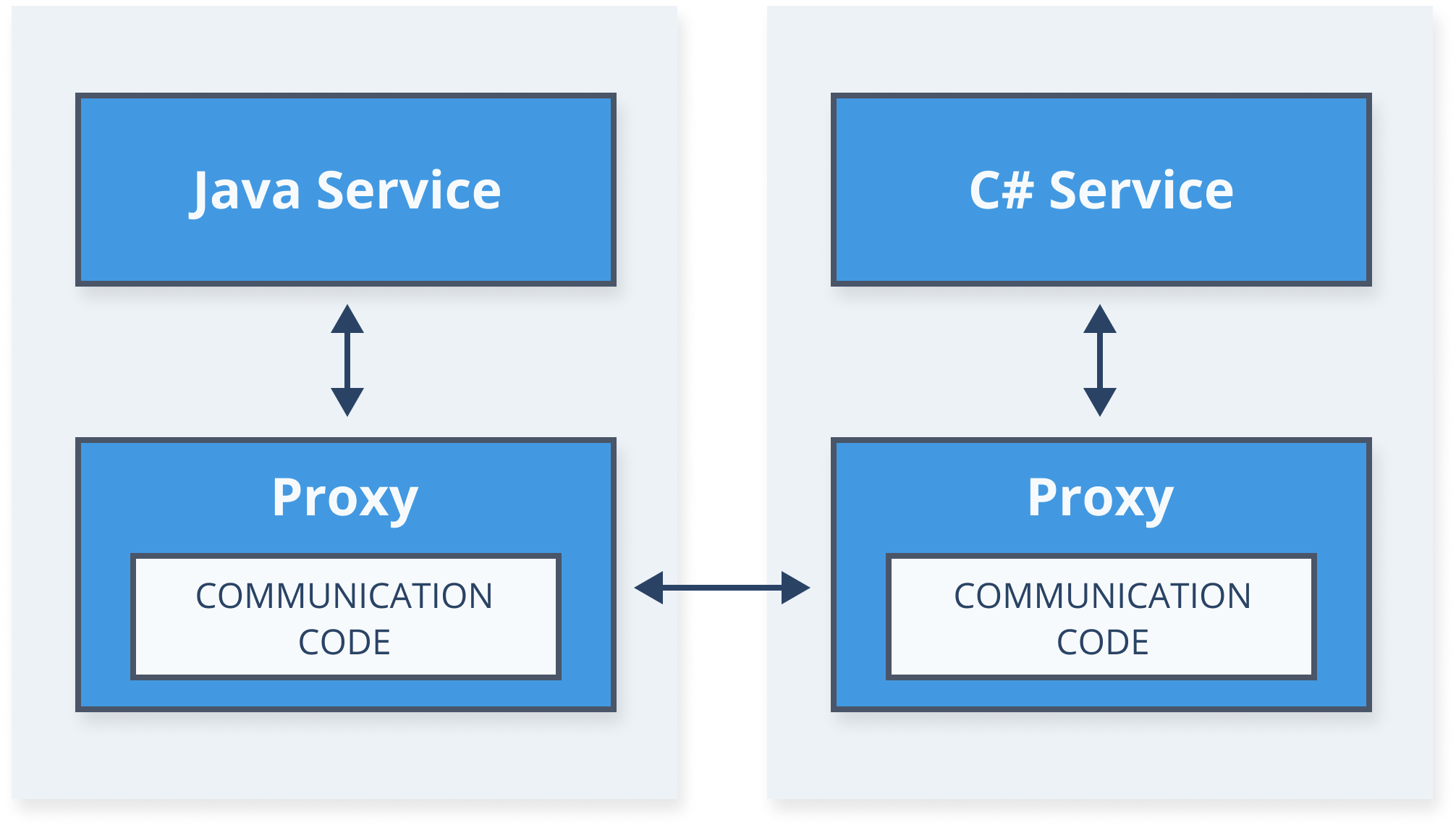
Service Mesh - Architecture
Data plane (proxies)
- Run next to each service instance (or one per host)
- Istio uses Envoy proxy
- Intercept all incoming/outgoing requests (
iptables) - Configure on how to handle traffic
- Emits metric
Control plane
- Validates rules
- Translates high-level rules to proxy configuration
- Updates the proxies/configuration
- Collects metrics from proxies
Service Mesh - Features
Connect
- Layer 7 routing and traffic management
- %-based traffic split (URIs, header, scheme, method, ...)
- Circuit breakers, timeouts and retries
Manage
- Telemetry (proxies collect metrics automatically)
- Visibility into service communication without code changes
Secure
- Secure communication between services (mutual TLS)
- Identity + cert for each service
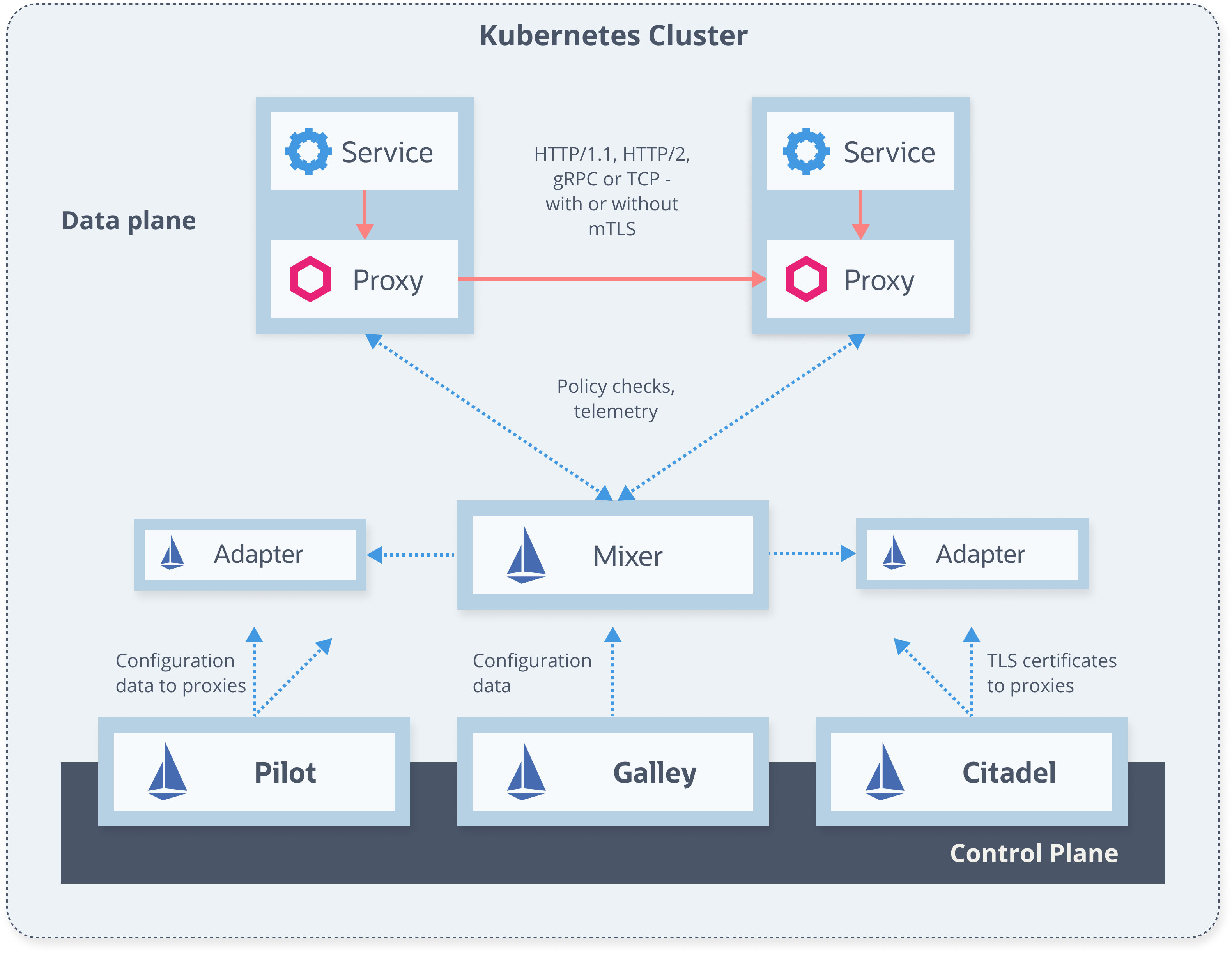
Traffic Management
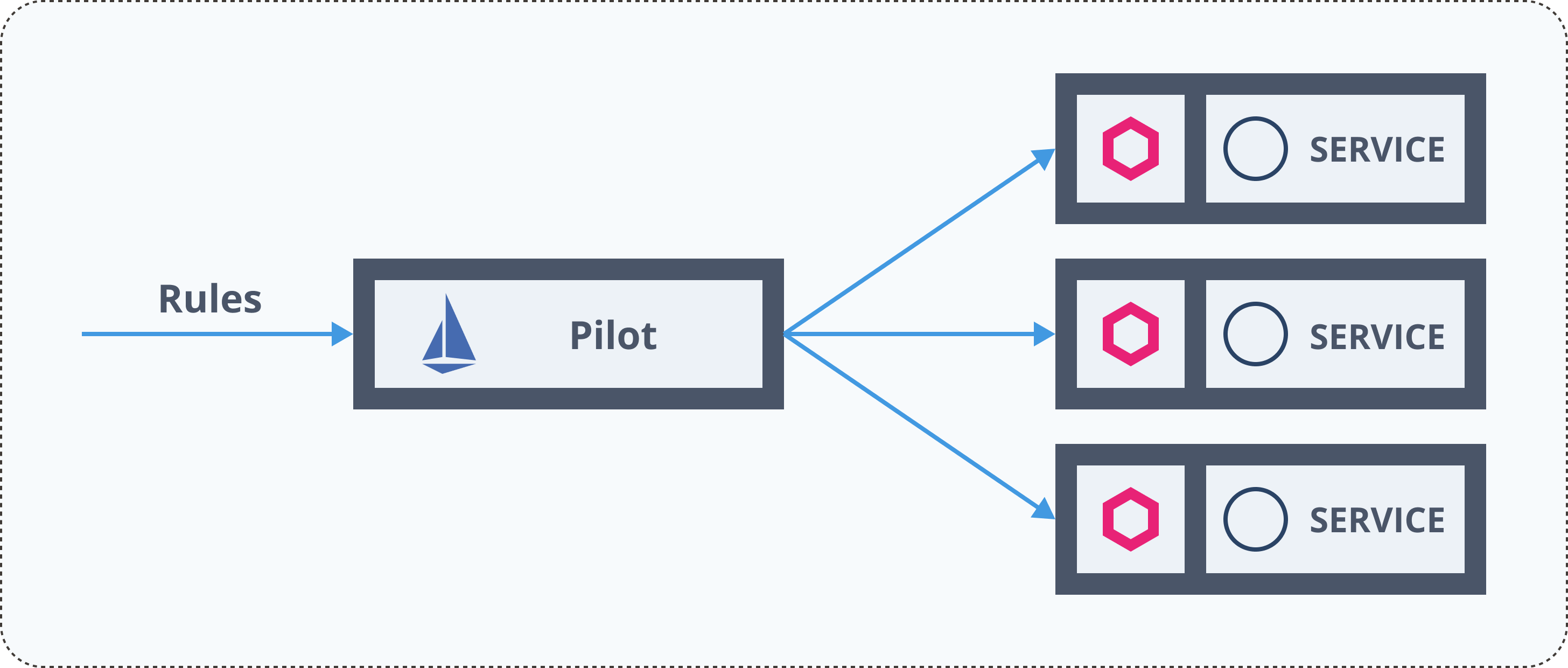
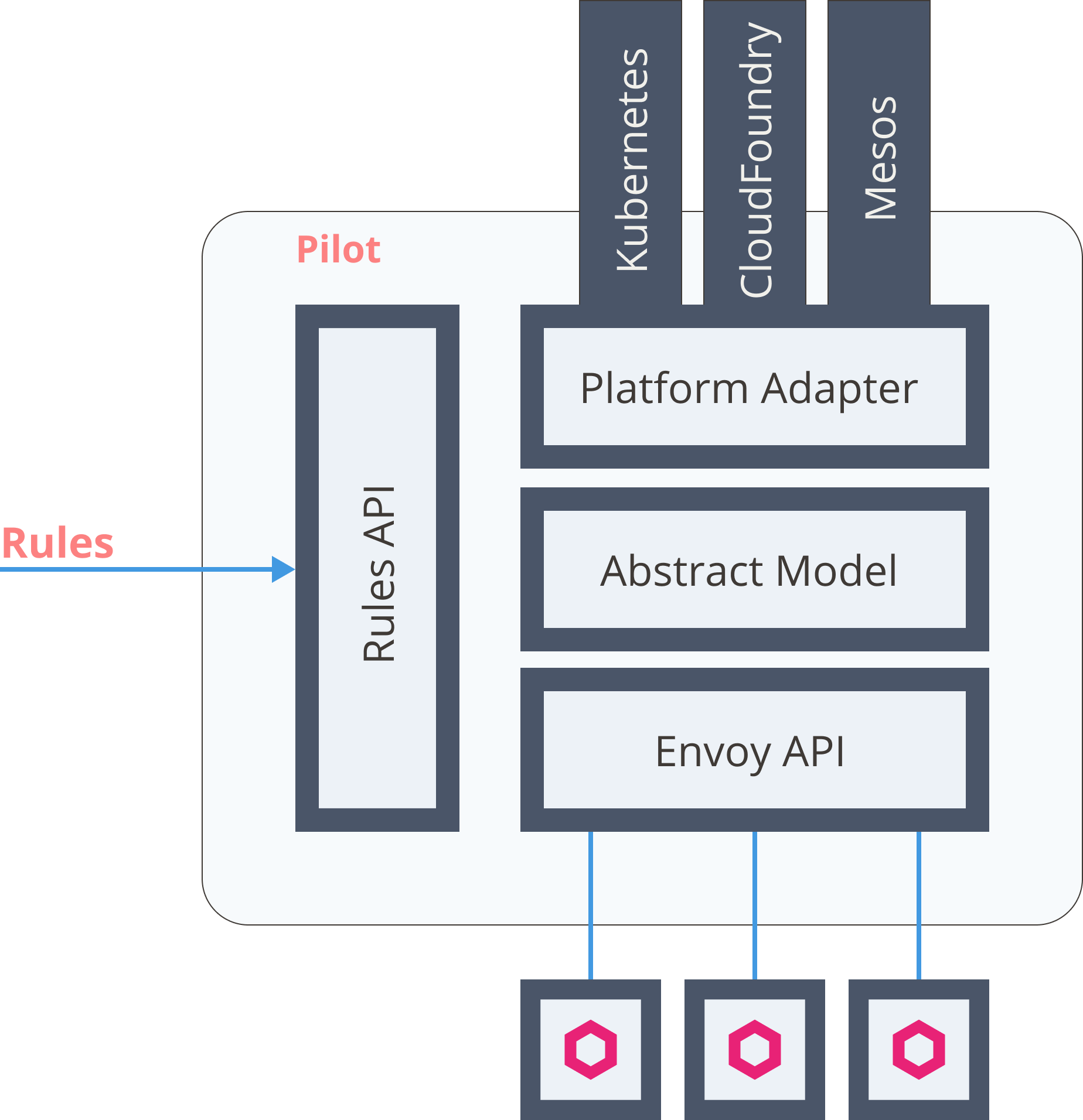
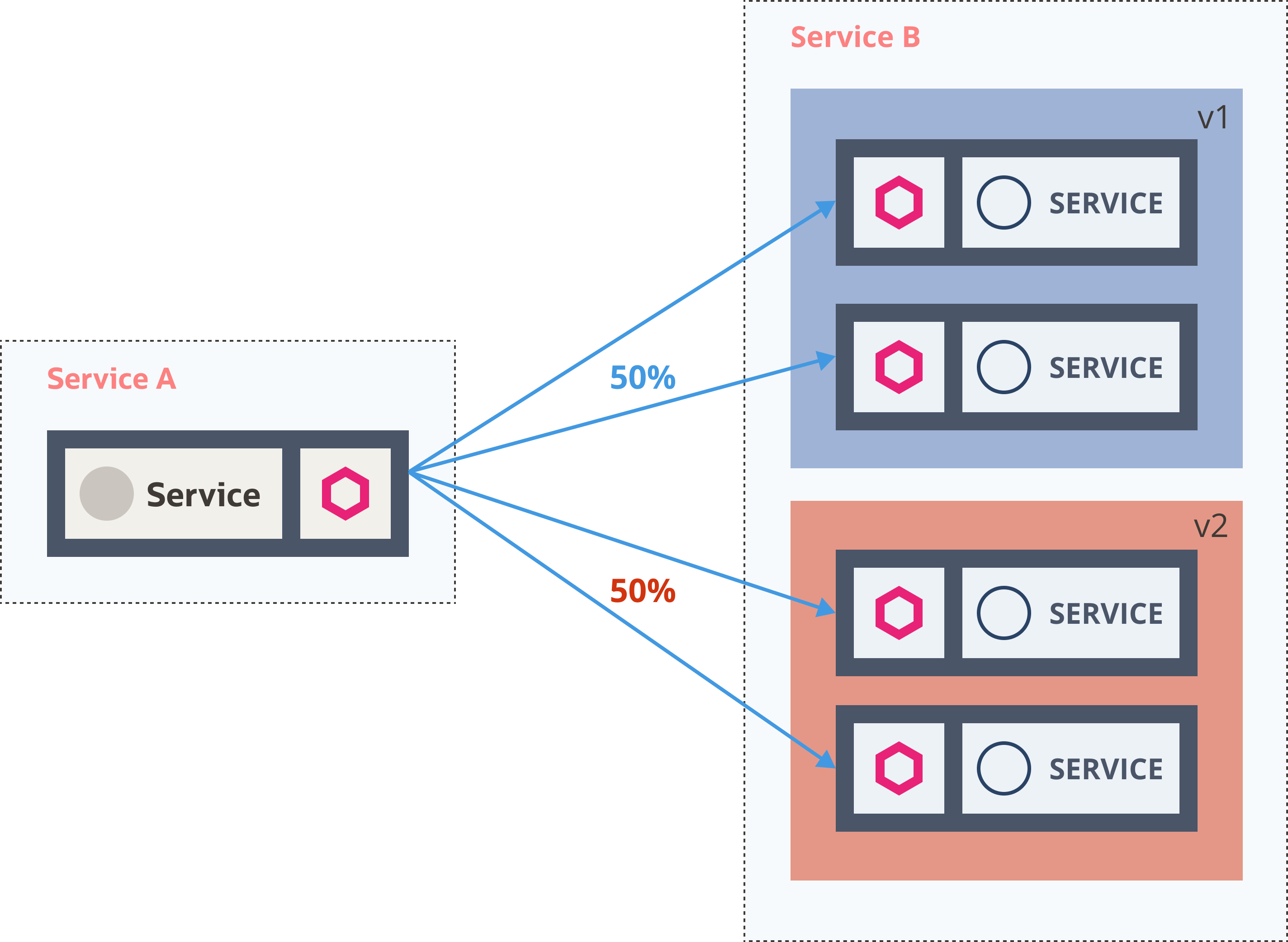
Service Mesh - Istio
Traffic Management Resources
- Gateway
- VirtualService
- DestinationRule
- ServiceEntry
- Sidecar
Service Mesh - Virtual Service
apiVersion: networking.istio.io/v1alpha3kind: VirtualServicemetadata: name: service-bspec: hosts: - service-b.default.svc.cluster.local http: - route: - destination: host: service-b subset: v1 weight: 98 - destination: host: service-b subset: v2 weight: 2Service Mesh - Destination Rule
apiVersion: networking.istio.io/v1alpha3kind: DestinationRulemetadata: name: service-bspec: host: service-b.default.svc.cluster.local subsets: - name: v1 labels: version: v1 - name: v2 labels: version: v2 trafficPolicy: tls: mode: ISTIO_MUTUAL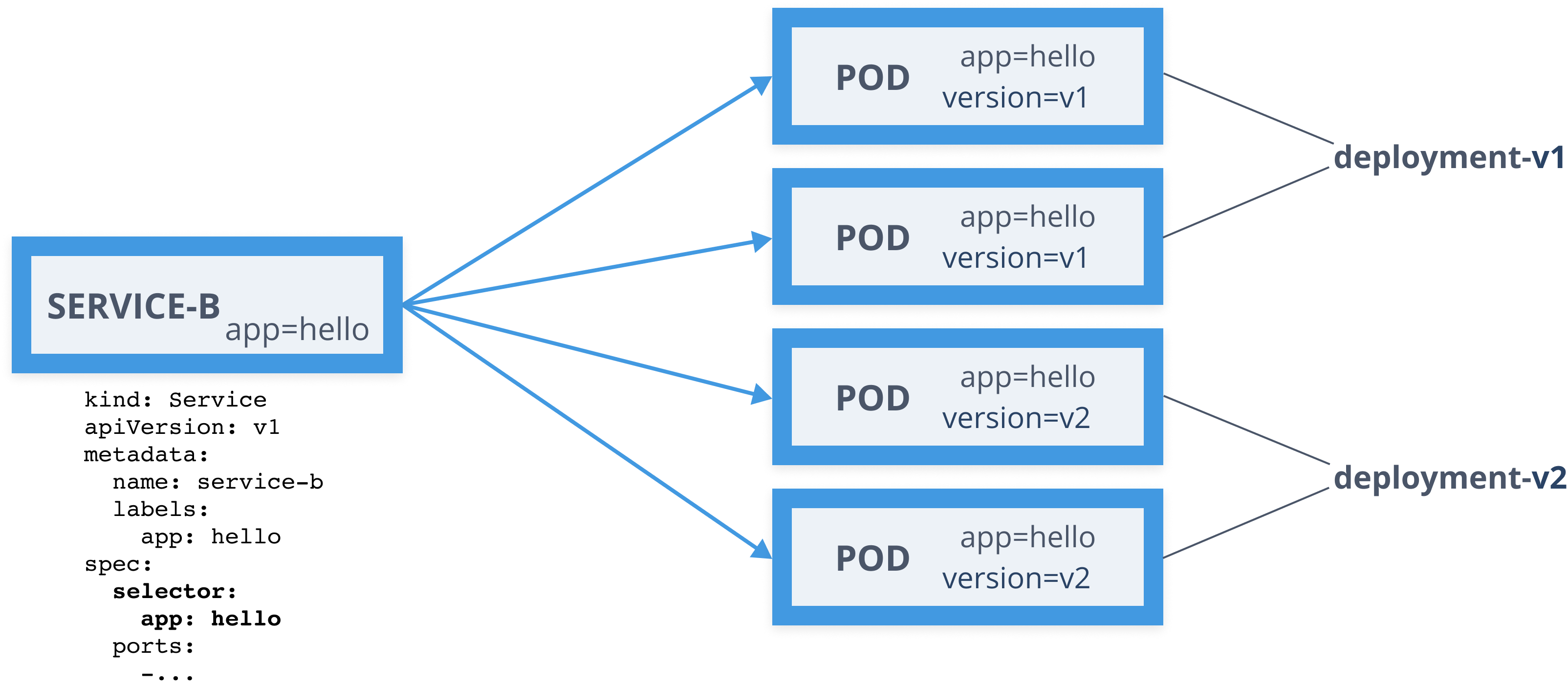
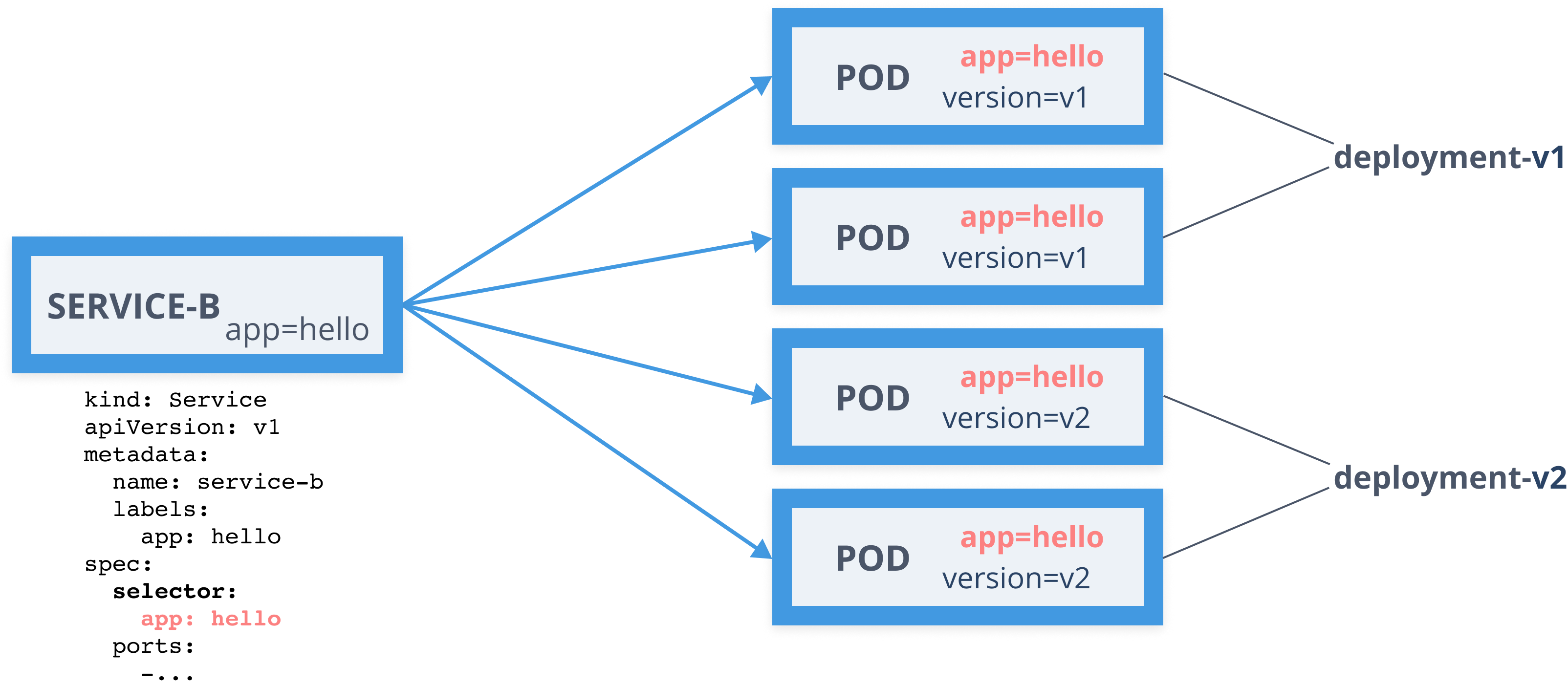
Destination rule
apiVersion: networking.istio.io/v1alpha3kind: DestinationRulemetadata: name: service-bspec: host: service-b.default.svc.cluster.local subsets: - name: v1 labels: version: v1 - name: v2 labels: version: v2Virtual service
... http: - route: - destination: host: service-b subset: v1 weight: 30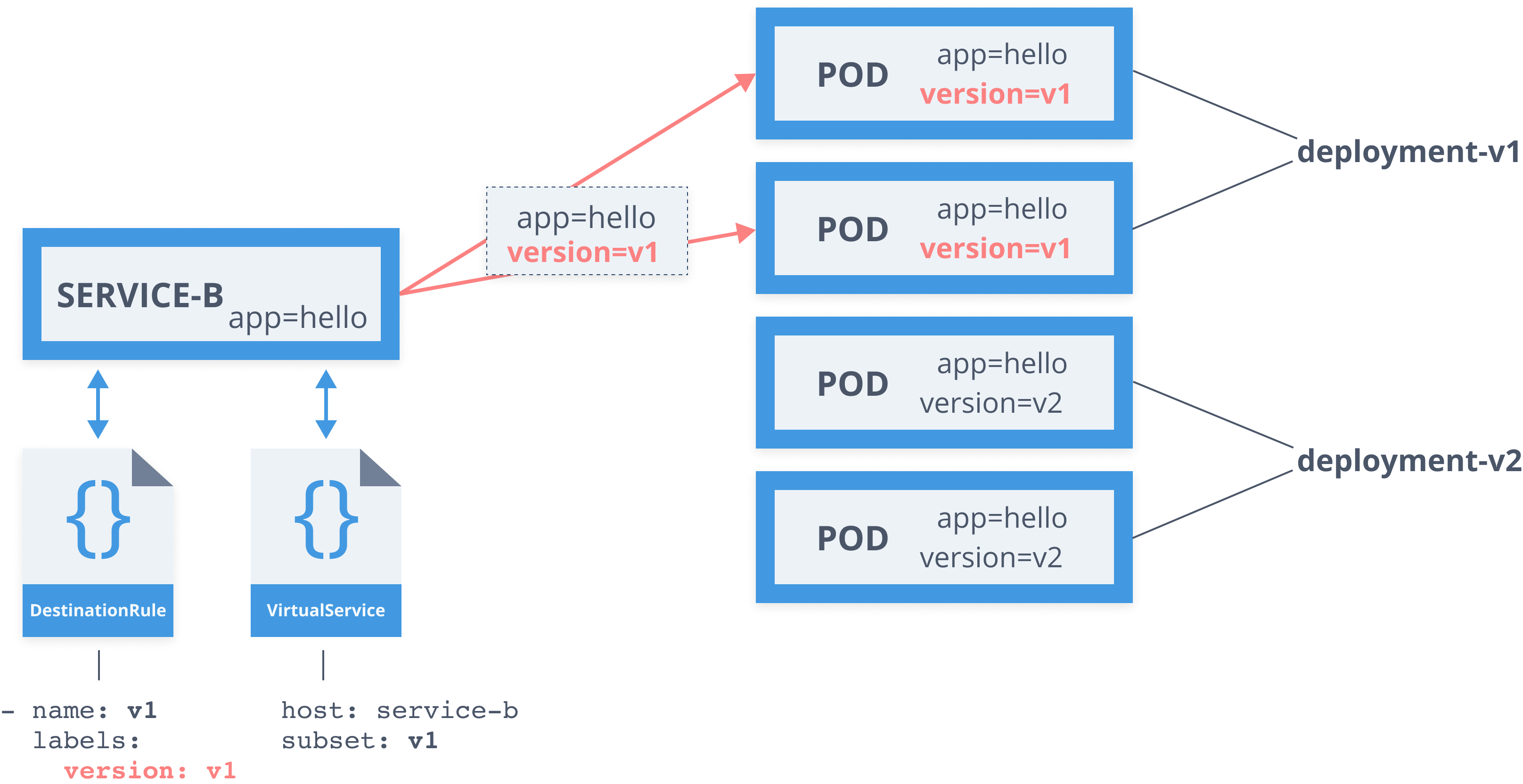
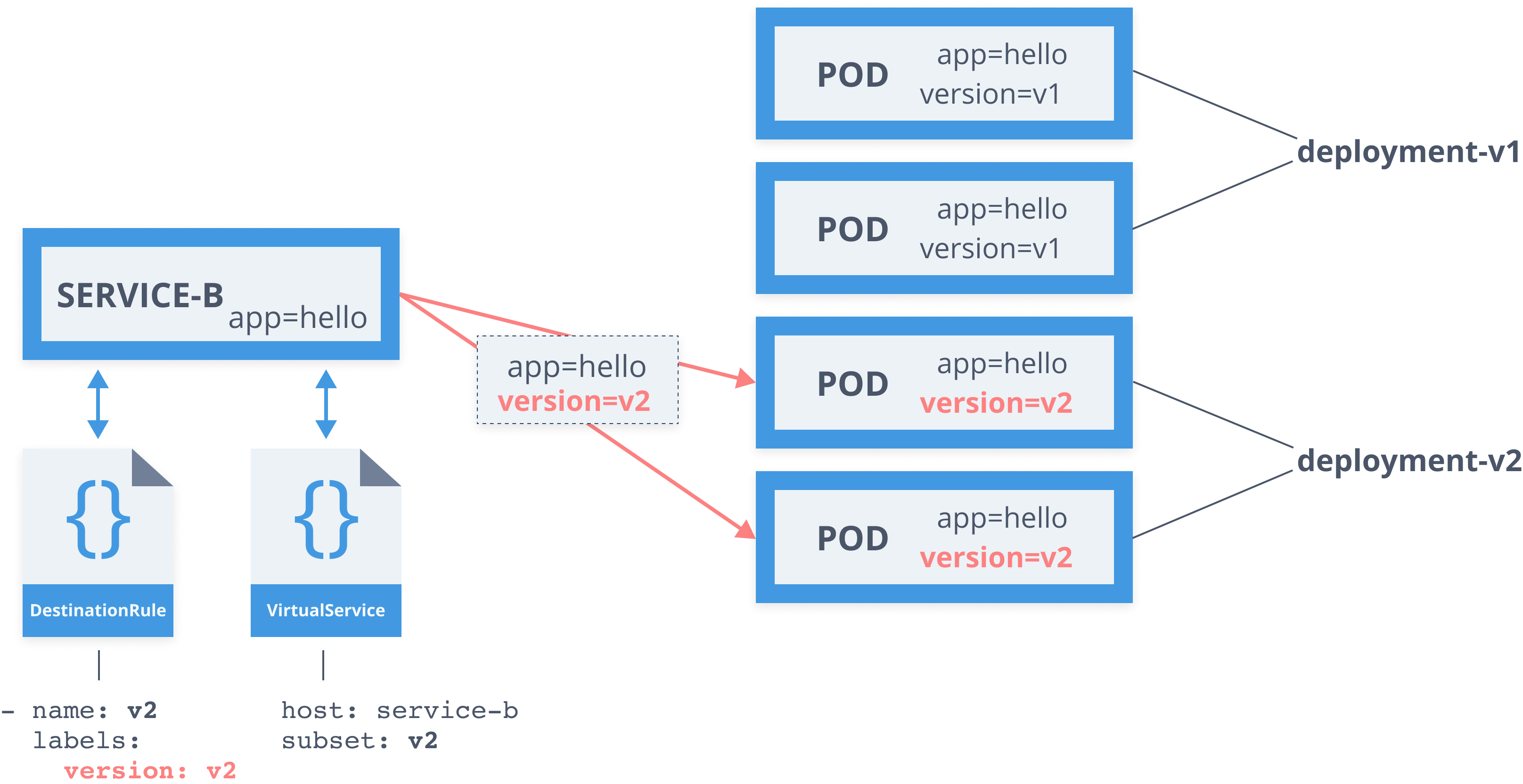
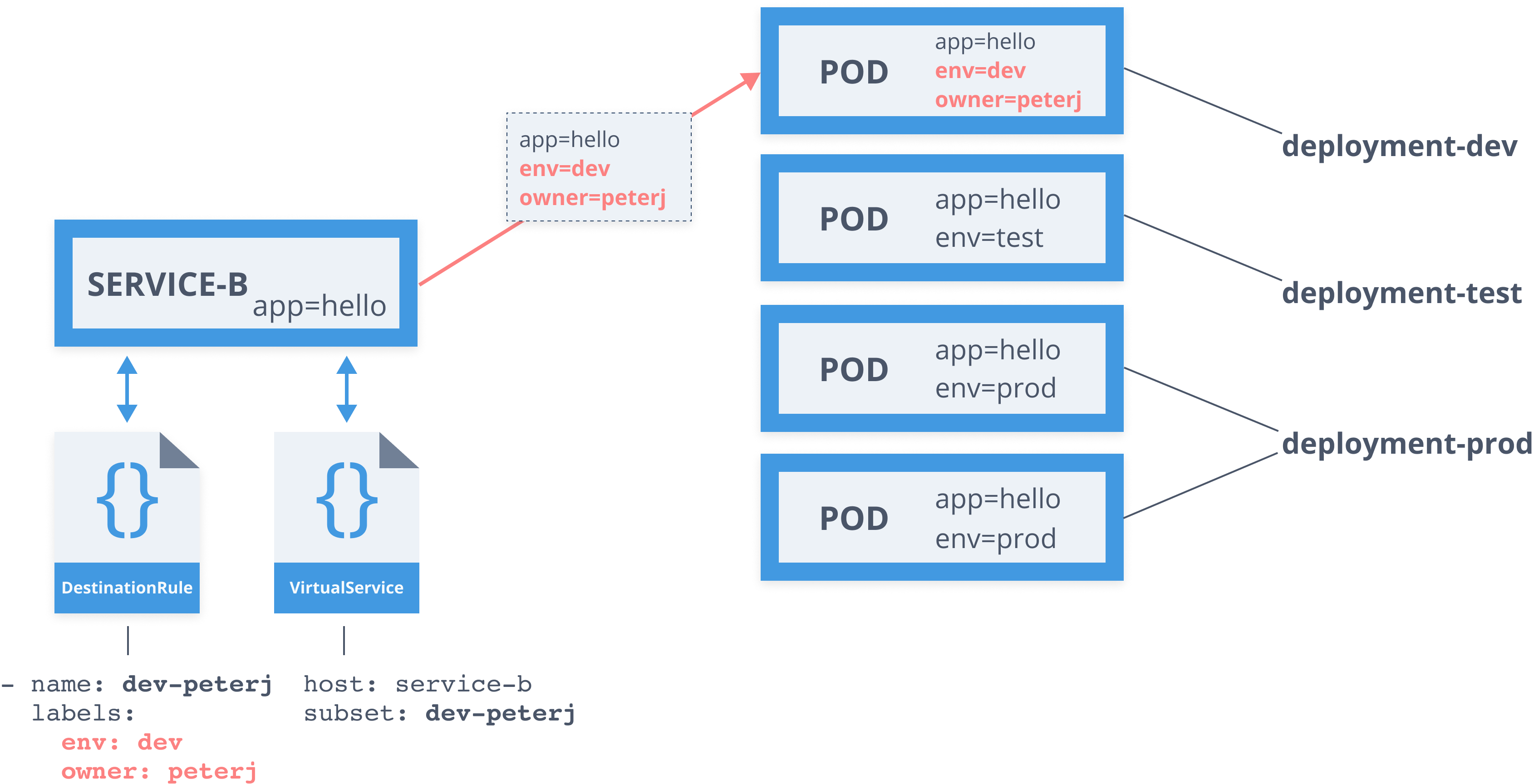
Service Mesh - Service Entry
apiVersion: networking.istio.io/v1alpha3kind: ServiceEntrymetadata: name: movie-dbspec: hosts: - api.themoviedb.org ports: - number: 443 name: https protocol: HTTPS resolution: DNS location: MESH_EXTERNALService Mesh - Gateway
apiVersion: networking.istio.io/v1alpha3kind: Gatewaymetadata: name: gatewayspec: selector: istio: ingressgateway servers: - port: number: 80 name: http protocol: HTTP hosts: - "hello.example.com"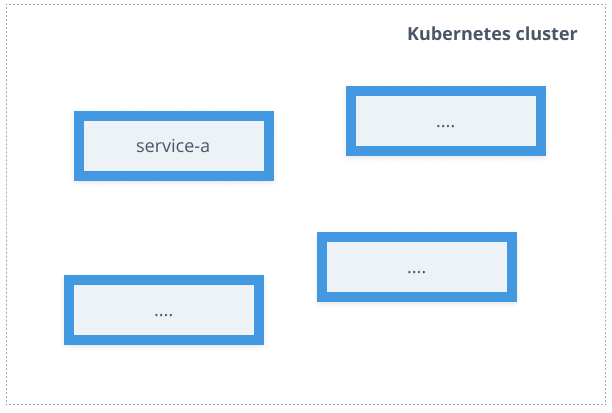
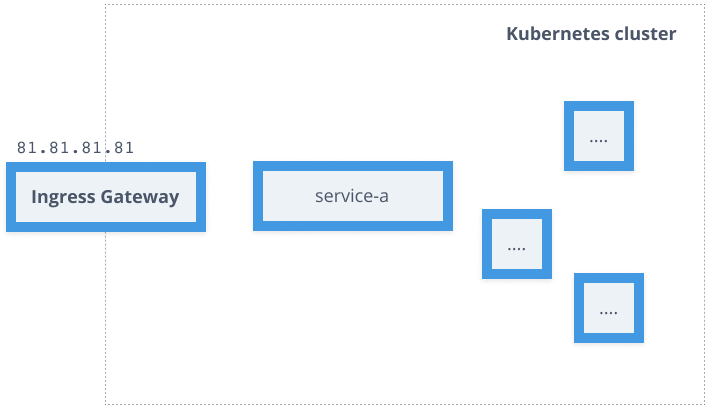
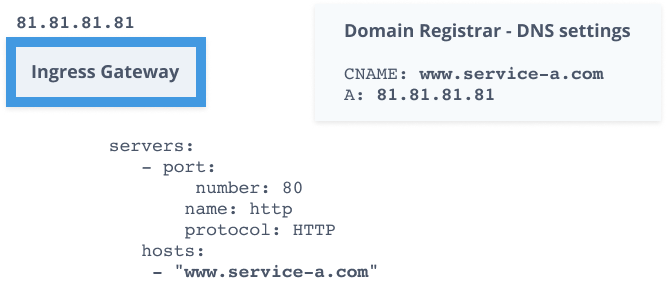
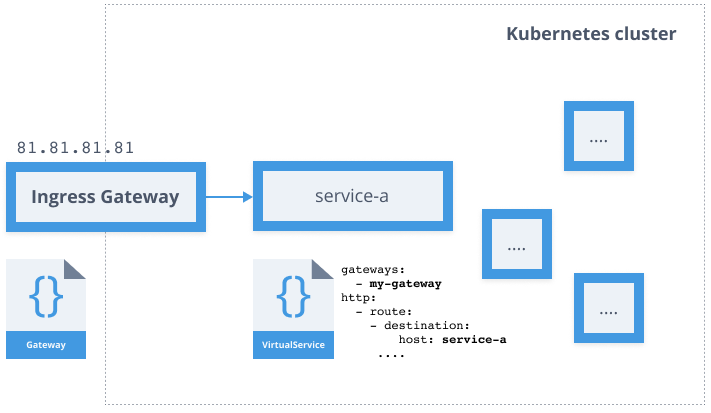
Service Mesh - Sidecar
apiVersion: networking.istio.io/v1alpha3kind: Sidecarmetadata: name: default namespace: prod-us-west-1spec: egress: - hosts: - 'prod-us-west-1/*' - 'prod-apis/*' - 'istio-system/*'Service Mesh - Traffic Management
- Define subsets in DestinationRule
- Define route rules in VirtualService
- Define one or more destinations with weights
Demo
Istio Traffic Routing
Service Resiliency
Resiliency
Ability to recover from failures and continue to function
Return the service to a fully functioning state after failure
Resiliency
High availability
- Healthy
- No significant downtime
- Responsive
- Meeting SLAs
Disaster recovery
- Design can't handle the impact of failures
- Data backup & archiving
Resiliency Strategies
- Load Balancing
- Timeouts and retries
- Circuit breakers and bulkhead pattern
- Data replication
- Graceful degradation
- Rate limiting
Service Mesh - Timeouts
apiVersion: networking.istio.io/v1alpha3kind: VirtualServicemetadata: name: service-bspec: hosts: - service-b.default.svc.cluster.local http: - route: - destination: host: service-b subset: v1 timeout: 5sService Mesh - Retries
apiVersion: networking.istio.io/v1alpha3kind: VirtualServicemetadata: name: service-bspec: hosts: - service-b.default.svc.cluster.local http: - route: - destination: host: service-b subset: v1 retries: attempts: 3 perTryTimeout: 3s retryOn: gateway-error,connect-failureService Mesh - Circuit Breakers
apiVersion: networking.istio.io/v1alpha3kind: DestinationRulemetadata: name: service-bspec: host: service-b.default.svc.cluster.local trafficPolicy: tcp: maxConnections: 1 http: http1MaxPendingRequests: 1 maxRequestsPerConnection: 1 outlierDetection: consecutiveErrors: 1 interval: 1s baseEjectionTime: 3m maxEjectionPercent: 100Service Mesh - Delays
apiVersion: networking.istio.io/v1alpha3kind: VirtualServicemetadata: name: service-bspec: hosts: - service-b.default.svc.cluster.local http: - route: - destination: host: service-b subset: v1 fault: delay: percentage: 50 fixedDelay: 2sService Mesh - Aborts
apiVersion: networking.istio.io/v1alpha3kind: VirtualServicemetadata: name: service-bspec: hosts: - service-b.default.svc.cluster.local http: - route: - destination: host: service-b subset: v1 fault: abort: percentage: 50 httpStatus: 404Demo
Service Resiliency
Security
Access Control
Can a principal perform an action on an object?
Access Control
Can a principal perform an action on an object?
Principal = user
Action = delete
Object = file
Authentication (authn)
- Verify credential is valid/authentic
- Istio: X.509 certificates
- Identity encoded in certificate
Authorization (authz)
- Is principal allowed to perform an action on an object?
- Istio: RBAC policies
- Role-based access control
Authentication and authorization work together
Identity - SPIFFE
- SPIFFE (Secure Production Identity Framework for Everyone)
- Specially formed X.509 certificate with an ID (e.g.
spiffe://cluster.local/ns/default/sa/default) - Kubernetes: service account is used
Identity - SPIFFE
Concepts:
- Identity (URI)
spiffe://cluster.local/ns/default/sa/default
- Encoding of identity into SVID (SPIFFE Verifiable Identity Document)
- X.509 and Subject Alternate Name (SAN) field
- API for issuing and retrieving SVIDs
Key management
- Citadel
- Certificate authority (CA)
- Signs certificate requests that create X.509 certificates
- Citadel (node) agents (SDS - secret discovery service)
- Broker between Citadel and Envoy proxies
- Envoy
Mutual TLS (mTLS)
Flow
Traffic from client gets routed to the client side proxy
Client side proxy starts mTLS handshake
- Secure naming check: verify service account in the cert can run the target service
Client and server side proxies establish mTLS connection
Server side proxy forwards traffic to the server service
Istio Auth Policies
Authn policy:
- Controls how proxies communicate with one another
- mTLS on/off
Authz policy:
- Requires authn
- Configures which identities are allowed to communicate
Configuring mTLS/JWT
- Policy resource (
authentication.istio.io/v1alpha1.Policy) Scope:
- Mesh < namespace < service
Also supports JWT
Configuring authorization
Who can talk to whom
- Uses RBAC (role-based access control)
Service role
- Actions that can be performed on service by any principal with the role
Service role binding
- Assigns roles to principals (principals = service identities = ServiceAccounts)
Configuring RBAC
- ClusterRbacConfig resource (
rbac.istio.io/v1alpha1) - Multiple modes:
- On, off
- On with inclusion, on with exclusion
Istio vs. Linkerd vs. Consul Connect?
- Linkerd: Kubernetes only
- Consul: agent per-node + proxies
- Linkerd: no circut breaking*
- Consul: no failure injection
https://github.com/linkerd/linkerd2/issues/2846
How to get started?
- Do you need a service mesh?
- Start small and slow:
- Learn and understand the resources
- Apply to a subset of services
- Understand the metrics, logs, dashboards
- Repeat
Thank you
FEEDBACK
Slides: https://slides.peterj.dev/jfuture-2019
Exercises: https://github.com/peterj/jfuture
Contact